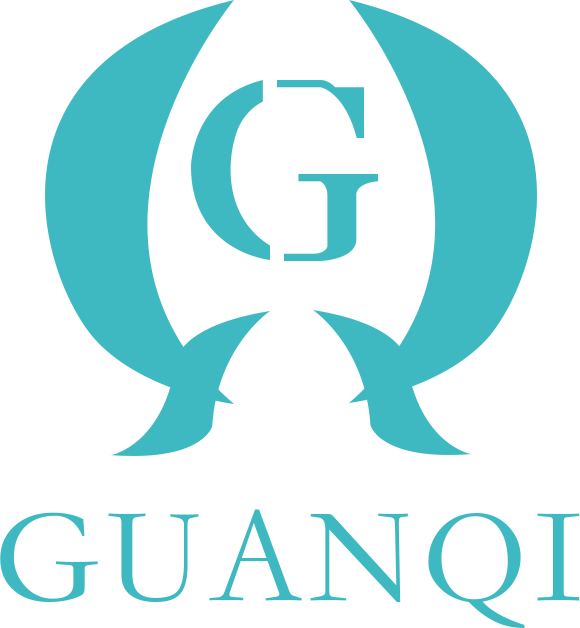The Ultimate Guide to Choosing the Perfect Executive Table for Your Office
2025-06-23
When it comes to furnishing an office, the executive table plays a pivotal role in establishing a professional atmosphere. It is not just a piece of furniture; it serves as the centerpiece of the workspace, reflecting the personality and style of the executive who uses it. Selecting the right executive table is crucial, as it impacts both productivity and the overall aesthetic of the office.
One of the primary considerations when choosing an executive table is the size. It’s essential to ensure that the table fits well in the designated space without overwhelming the room. Larger tables can convey authority and provide ample workspace, but they may also consume too much space in a smaller office. Conversely, a smaller table can create a cozy and approachable environment, though it may lack the presence needed for high-stakes meetings. Therefore, measuring your office space beforehand is a good practice.
The design of the executive table is equally important. A well-designed table not only serves functional purposes but also enhances the office's visual appeal. From modern minimalist styles to classic, ornate designs, the choice of aesthetic should align with the overall theme of the office. Additionally, features such as built-in storage, integrated power outlets, and cable management systems can enhance the table's functionality, making it easier to maintain a clutter-free workspace.
Material selection is another critical factor when it comes to executive tables. Common materials include solid wood, glass, and metal, each offering unique advantages. Solid wood provides durability and a timeless look, while glass can create an open and airy feel. Metal frames are often used in modern designs, lending a contemporary touch. When selecting a material, consider not only the aesthetic appeal but also the maintenance requirements and durability over time.
Another aspect to consider is ergonomics. The height of the executive table should accommodate comfortable seating arrangements, allowing for better posture during long working hours. An ergonomic design can contribute to the well-being of the user, reducing the risk of strain during daily tasks.
Lastly, don’t forget to personalize your executive table. Adding decorative elements such as plants, art pieces, or personal items can help create a welcoming atmosphere and make the office feel more like your own. These touches can also facilitate a positive mindset, encouraging creativity and productivity.
In summary, choosing the right executive table involves a careful balance of size, design, material, and functionality. By considering these factors, you can create an office environment that not only meets practical needs but also inspires confidence and professionalism. Whether you’re outfitting a new office or revamping your current space, an executive table can be a significant investment in your workplace's success.
One of the primary considerations when choosing an executive table is the size. It’s essential to ensure that the table fits well in the designated space without overwhelming the room. Larger tables can convey authority and provide ample workspace, but they may also consume too much space in a smaller office. Conversely, a smaller table can create a cozy and approachable environment, though it may lack the presence needed for high-stakes meetings. Therefore, measuring your office space beforehand is a good practice.
The design of the executive table is equally important. A well-designed table not only serves functional purposes but also enhances the office's visual appeal. From modern minimalist styles to classic, ornate designs, the choice of aesthetic should align with the overall theme of the office. Additionally, features such as built-in storage, integrated power outlets, and cable management systems can enhance the table's functionality, making it easier to maintain a clutter-free workspace.
Material selection is another critical factor when it comes to executive tables. Common materials include solid wood, glass, and metal, each offering unique advantages. Solid wood provides durability and a timeless look, while glass can create an open and airy feel. Metal frames are often used in modern designs, lending a contemporary touch. When selecting a material, consider not only the aesthetic appeal but also the maintenance requirements and durability over time.
Another aspect to consider is ergonomics. The height of the executive table should accommodate comfortable seating arrangements, allowing for better posture during long working hours. An ergonomic design can contribute to the well-being of the user, reducing the risk of strain during daily tasks.
Lastly, don’t forget to personalize your executive table. Adding decorative elements such as plants, art pieces, or personal items can help create a welcoming atmosphere and make the office feel more like your own. These touches can also facilitate a positive mindset, encouraging creativity and productivity.
In summary, choosing the right executive table involves a careful balance of size, design, material, and functionality. By considering these factors, you can create an office environment that not only meets practical needs but also inspires confidence and professionalism. Whether you’re outfitting a new office or revamping your current space, an executive table can be a significant investment in your workplace's success.
Previous page








